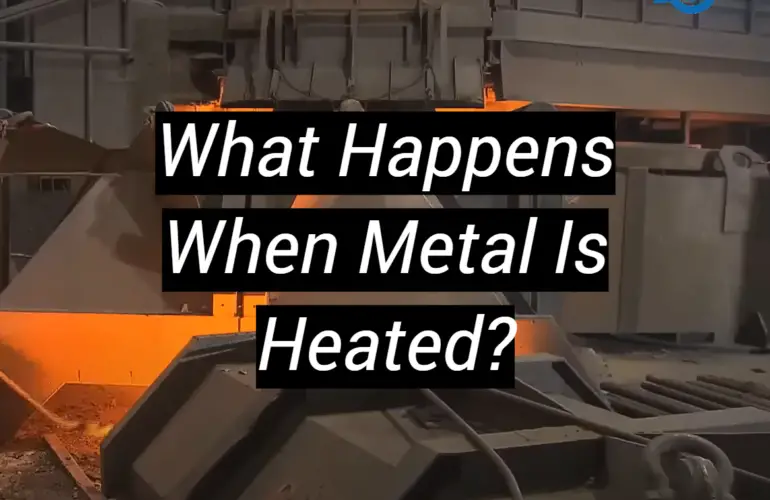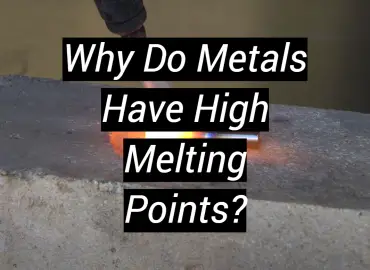The transformation of metal under heat is an incredibly fascinating process that captivates scientists and engineers alike. When subjected to high temperatures, a series of complex reactions occur, intricately altering both the physical properties and chemical composition of the metal. These changes are not only visible but also measurable, providing invaluable insights into the behavior of metals under extreme conditions.
One of the most noticeable transformations is the expansion of the metal as it absorbs heat energy. This expansion is a result of the increased kinetic energy of the metal atoms, causing them to vibrate more vigorously and occupy a larger volume. Additionally, the color of the metal can change as it reaches certain temperature thresholds. This phenomenon, known as thermal oxidation or heat-induced patina, occurs due to the formation of oxide layers on the metal surface, giving it a unique and sometimes aesthetically pleasing appearance.
In some cases, the heating process can induce a phase change in the metal, causing it to transition from a solid to a liquid state. This transformation, known as melting, occurs when the metal reaches its melting point, the temperature at which the intermolecular forces holding the metal atoms together are overcome by the thermal energy. The ability of metals to transition from solid to liquid states under controlled conditions has been harnessed by various industries, such as metal casting and additive manufacturing, enabling the creation of intricate and complex metal components.
Delving deeper into the intricacies of metal heating reveals a multitude of scientific principles at play. From the fundamental concepts of thermodynamics and atomic structure to the intricate interplay between heat transfer mechanisms and material behavior, understanding these principles is crucial for optimizing the design and performance of metal-based systems and applications.
How Heating Metals Affects Its Properties
When metal is heated, the first noticeable change is physical expansion. This occurs because the heat energy causes the atoms in the metal to vibrate more rapidly and take up more space. As the temperature increases further, the metal may undergo a color change. This happens due to the phenomenon of thermal radiation, where the metal emits electromagnetic waves. These changes, while visible to the naked eye, are reversible, and the metal returns to its original state when cooled.
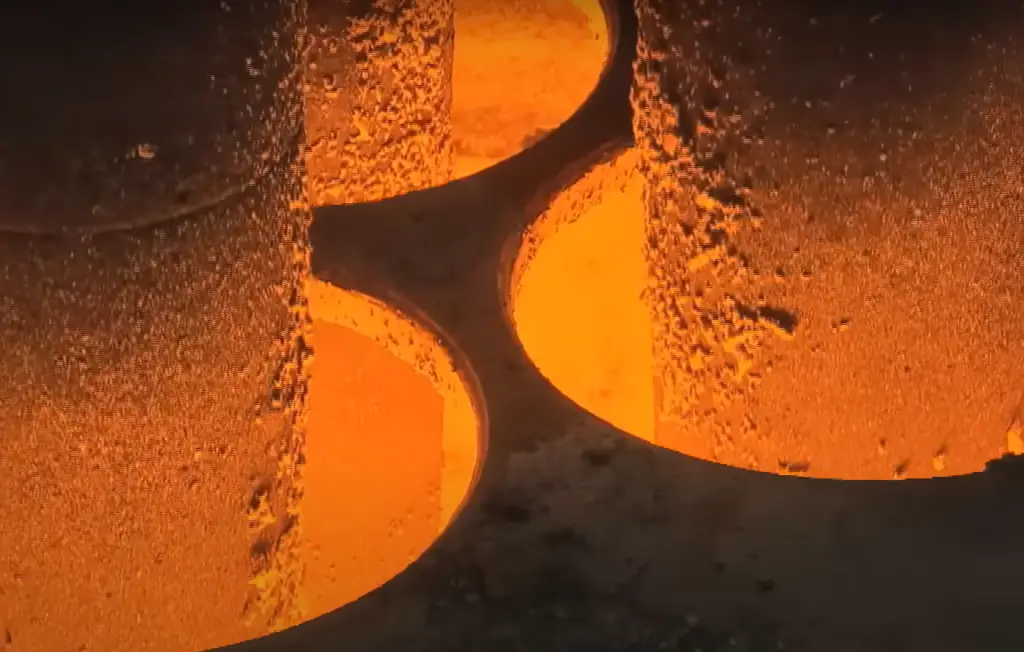
The next stage, if heat continues to be applied, is a phase change from solid to liquid. This is known as the melting point of the metal. At this stage, the thermal energy overcomes the forces holding the atoms together in a fixed structure, allowing them to move more freely. This is a significant change and is not reversible without removing the heat and allowing the metal to cool and re-solidify.
While these changes are occurring, the metal may also undergo changes in its chemical properties. An example of this is oxidation, where the metal reacts with oxygen in the atmosphere to form an oxide layer. This can affect the metal’s reactivity, electrical conductivity, and appearance. Notably, these changes can be permanent, altering the metal’s properties even after it cools.
Furthermore, as the metal reaches extremely high temperatures, it may undergo a phase change from liquid to gas. This process is known as vaporization or boiling. During this transformation, the metal particles gain enough energy to overcome intermolecular forces and escape into the surrounding environment as gas. It is important to note that this change is irreversible without external intervention, such as condensation or cooling.
In addition to the physical and chemical changes that occur, the structural integrity of the metal can also be affected by prolonged exposure to high temperatures. The metal may experience structural deformation, such as warping or bending, due to the expansion and contraction caused by thermal expansion. This can have implications for the metal’s functionality and overall performance.
In summary, when metal is heated, a series of changes occur, starting with physical expansion and color change, followed by phase changes from solid to liquid and potentially from liquid to gas. These thermal transformations can be reversible or irreversible, depending on the specific conditions and the extent of the temperature change. Moreover, chemical reactions, such as oxidation, and structural deformations can further impact the properties and behavior of the metal. Understanding these changes is crucial for various applications of metals in different industries.[1]
The Effect of Heat on Metal
The impact of heat on metal is not confined solely to visible changes and alterations in molecular structure. In fact, the effect reaches across the entire spectrum of a metal’s qualities, influencing not only its hardness, ductility, and tensile strength, but also its electrical and thermal conductivity, corrosion resistance, and even magnetic properties. When metal is subjected to heat, it undergoes a complex series of transformations at the atomic level, resulting in a range of physical and chemical changes. These changes include the rearrangement of atoms, the formation of new crystalline structures, and the diffusion of impurities or alloying elements. As a result, the metal becomes more malleable and ductile, meaning it can be shaped and stretched more easily without fracturing. This property is widely exploited in various metallurgical processes, such as forging, rolling, and extrusion, as well as in welding and soldering operations.
On the other hand, prolonged exposure to high temperatures can lead to a phenomenon known as thermal fatigue, which occurs when a metal undergoes repeated heating and cooling cycles.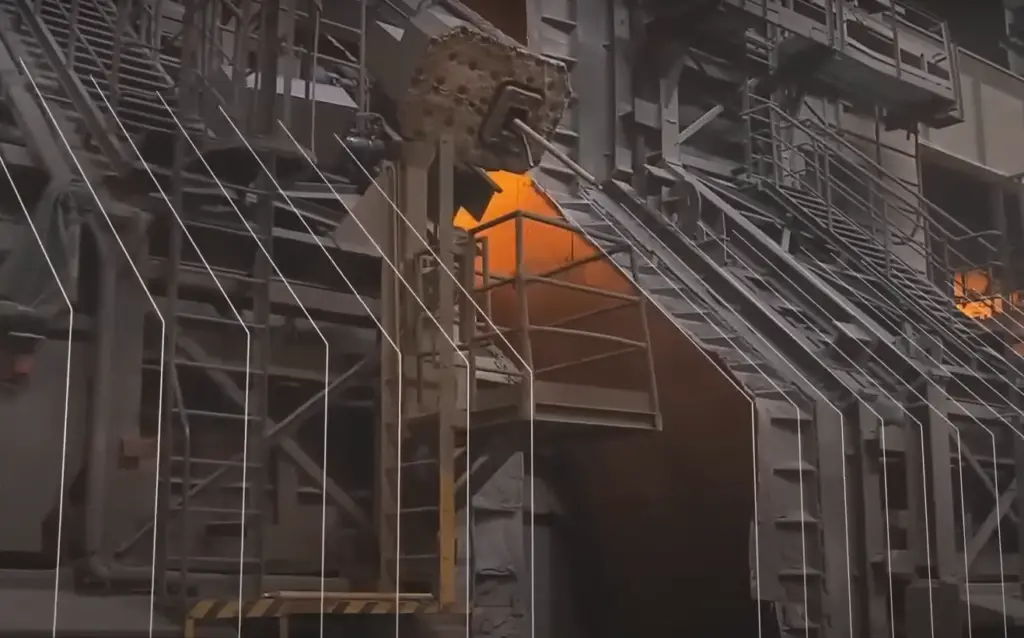
This cyclic thermal stress can eventually cause microcracks to form and propagate, leading to the weakening of the metal’s structural integrity and potentially resulting in catastrophic failure. Therefore, understanding the intricate and multifaceted effects of heat on metal is of paramount importance in ensuring its effective and safe utilization in various industrial applications, ranging from construction and automotive manufacturing to aerospace engineering and beyond.[2],[3]
Electrical Resistance
Another fascinating change that metal undergoes when heated is an increase in electrical resistance. As the temperature rises, the atoms within the metal start to vibrate more vigorously, their movements becoming increasingly energetic. This heightened atomic activity hampers the flow of electric current, as the vibrating atoms collide with the free-flowing electrons, impeding their steady movement. This phenomenon, known as resistivity, is a fundamental property of metals and is directly proportional to temperature. In simple terms, the hotter the metal becomes, the higher its electrical resistance grows. This principle not only holds significant value from a scientific perspective but also carries practical implications in everyday life. For instance, heating elements found in appliances like toasters and electric heaters are purposely made of high-resistance metals. Consequently, when an electric current passes through them, their resistance effectively converts electrical energy into heat energy, facilitating their intended function. Understanding and effectively managing the variable resistivity of metals with respect to temperature is crucial in the design and development of numerous electronic and electrical devices, ensuring their optimal performance and longevity.
Thermal Expansion
Thermal expansion, a fascinating phenomenon, becomes readily observable when metals are subjected to heat. It is the remarkable process where a metal expands as it is heated and contracts upon cooling. At the atomic level, this captivating behavior occurs because the heat energy propels the metal atoms into rapid vibrations, leading to an increase in occupied space. The extent of thermal expansion is heavily influenced by the metal type and temperature. In the realm of engineering applications, comprehending how diverse materials respond to heat becomes paramount. This knowledge empowers engineers and designers to effectively anticipate and accommodate changes in size and shape that can arise when materials are exposed to varying temperatures. By integrating this understanding, they can meticulously craft structures and components that exhibit robustness in the face of temperature-induced stress, thus ensuring long-lasting durability and optimal safety.
Structure
As we have observed, heat has a profound and intricate effect on the structure of metal. At a foundational level, when metal is exposed to heat, it triggers a cascade of changes in the atomic structure, setting off movements and vibrations among the atoms. These atomic interactions intricately alter the physical and chemical properties of the metal. This structural transformation plays a pivotal role in numerous industrial contexts, as it has the ability to fundamentally convert a rigid and brittle metal into a remarkably malleable substance that can be easily shaped and formed. This flexibility is crucial for various processes such as forging and casting.
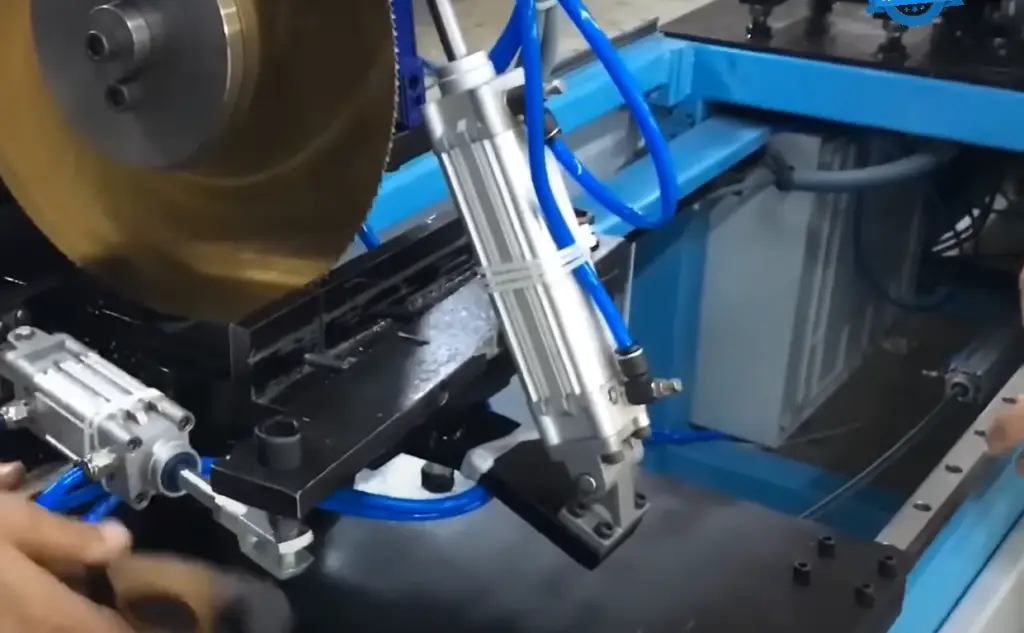
On the other hand, it is equally important to recognize the potential consequences of prolonged or repeated heat exposure. Thermal fatigue, which can be caused by extended or recurring heat exposure, has the potential to induce structural damage and weaken the metal over time. It is therefore imperative to understand these structural transformations and develop strategies to effectively control them.
By comprehending and mastering these complex structural changes, material engineering can greatly contribute to advancements in diverse fields such as construction, automotive design, and aerospace engineering. The ability to manipulate and harness the effects of heat on metal opens up new possibilities for innovation and progress in these industries.
Magnetism
When a metal is heated, its magnetic properties can also be affected. This effect is especially pronounced in ferromagnetic materials, such as Iron, Cobalt, and Nickel. At room temperature, these metals are strongly attracted to magnets and can even become magnetized themselves. However, when they are heated to a certain temperature, known as the Curie temperature, they lose their magnetism due to the disruption of the alignment of magnetic domains in the metal. This inhibits their magnetic properties, making them less responsive to magnetic fields.
As the metal is heated beyond the Curie temperature, thermal energy overcomes the forces that maintain the alignment of the magnetic domains. This causes the domains to become disordered, resulting in the loss of magnetism.Understanding the relationship between heat and magnetism in metals is vital in numerous applications. For example, in the design of magnetic storage devices, such as hard drives, it is crucial to consider the effects of temperature on the magnetic properties of the materials used. Similarly, in the operation of electrical transformers, which rely on magnetic fields for efficient energy transfer, knowledge of the temperature-dependent behavior of ferromagnetic materials is essential for maintaining optimal performance.
By studying the behavior of metals under different thermal conditions, researchers and engineers can develop improved materials and devices that are more resilient to changes in temperature. This knowledge enables the development of technologies that can operate reliably in various environments, contributing to advancements in fields such as electronics, energy, and materials science.
Heat Treatment
Heat treatment is a controlled process utilized to alter the physical and sometimes chemical properties of a metal. This method entails the use of heating or chilling, typically to extreme temperatures, to achieve a desired result such as increasing hardness, enhancing softness, improving machinability, or facilitating easier deformation. There are various types of heat treatment processes including annealing, hardening, tempering, normalizing, and quenching.
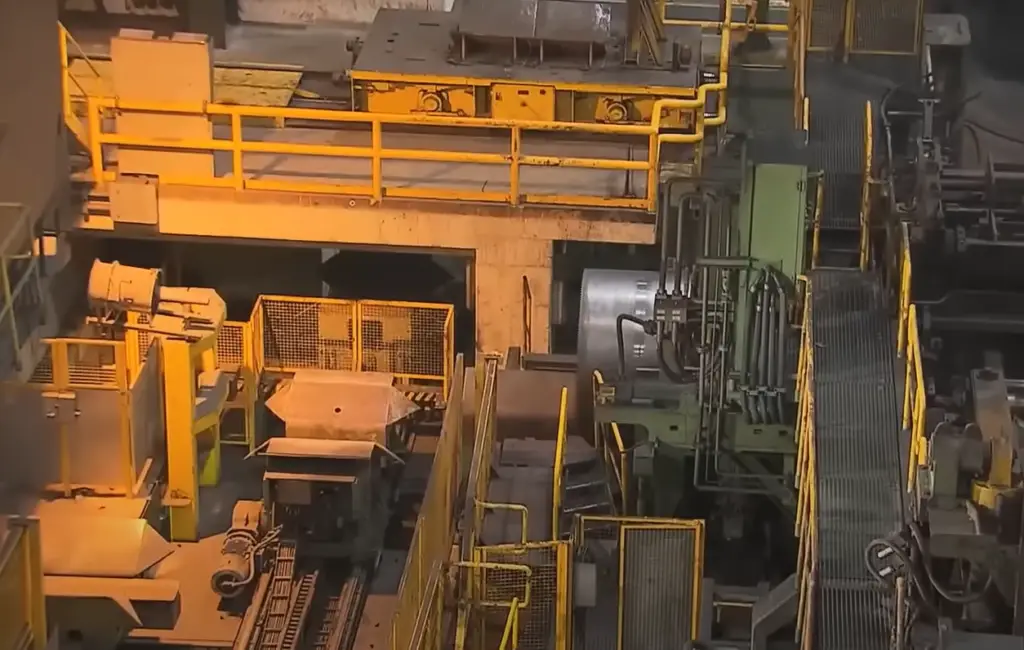
During annealing, for instance, a metal is heated to a specific temperature and then cooled slowly. The process reduces hardness and increases ductility, making the metal easier to work with. Hardening, on the other hand, involves heating the metal at a high temperature followed by rapid cooling, which increases the metal’s hardness and strength.
The heat treatment process is a critical aspect of metalworking, heavily influencing how metals behave in different environments and applications. By understanding and controlling these processes, engineers can tailor the properties of the metal to suit the requirements of specific applications in industries like aerospace, automotive, and construction.
Annealing
Annealing is an indispensable heat treatment process in metallurgy that plays a crucial role in enhancing the ductility and reducing the hardness of metals. By subjecting the metal to a specific temperature, known as the annealing temperature, and allowing it to cool down gradually, the process facilitates the realignment and growth of metal grains, resulting in a transformation of its physical properties. The primary advantage of annealing lies in its ability to render metals more workable, significantly increasing their malleability while reducing brittleness. Consequently, this imparts ease in shaping, forming, or machining the metal without the risk of cracks or damages. As a result, annealed metals find extensive application in industries that demand a high degree of formability, such as the manufacturing of automotive parts, containers, and intricate mechanical components. Through this essential process, metallurgists are able to optimize the properties of metals, making them more adaptable to various manufacturing requirements.
Normalizing
Normalizing is a crucial heat treatment process employed to enhance the uniformity and consistency of metal. It aims to achieve a more uniform grain size throughout the piece. The metal is heated to a temperature above its upper critical point, and then air cooled. By doing so, this process effectively eliminates internal stresses that may have been induced by previous processes like forging, casting, or machining.
Beyond stress relief, normalizing offers several other benefits. It not only improves machinability and dimensional stability but also refines the grain size, resulting in increased toughness and strength. This makes it an ideal choice for carbon steels and low-alloy steels.
Ultimately, normalizing delivers a more predictable and consistent structure, thereby enhancing the mechanical properties of the metal. With its ability to provide a refined and more uniform composition, normalizing plays a vital role in ensuring the quality and performance of the final product.
Hardening
Hardening is another vital heat treatment process that drastically alters the properties of a metal, particularly its hardness and strength. The process involves heating the metal to a high temperature, typically above its recrystallization point, and then rapidly cooling it, often through quenching in water, oil, or air. The swift cooling phase causes a transformation in the metal’s microstructure, leading to the formation of a hardened layer.
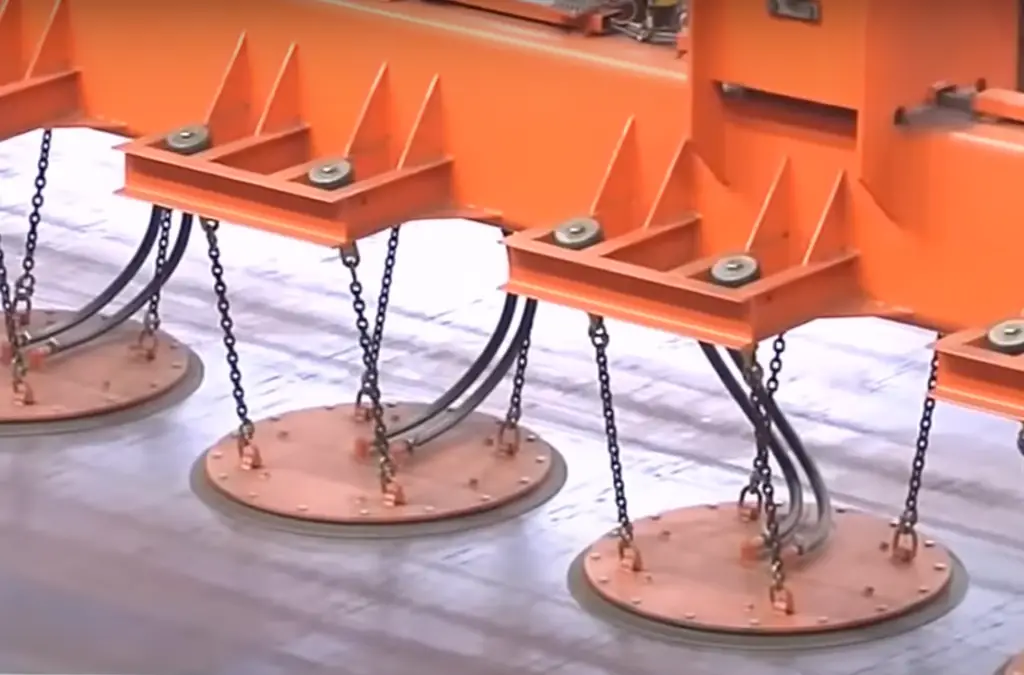
This hardened exterior significantly enhances the metal’s wear resistance and tensile strength, making it ideal for applications that demand durability and resistance to deformation, such as gears, springs, and high-strength fasteners. Additionally, the hardened layer provides improved resistance against surface damage and extends the lifespan of the metal component.
However, it is important to note that this process can make the metal more brittle, which can be undesirable for certain applications. To address this, a subsequent tempering process might be needed to improve the metal’s toughness. Tempering involves reheating the hardened metal to a lower temperature and then slowly cooling it. This controlled cooling helps to relieve internal stresses and increase the metal’s ductility and toughness while maintaining its desired hardness and strength.
By carefully balancing the hardening and tempering processes, manufacturers can achieve the optimal combination of hardness, strength, and toughness in the metal, ensuring it meets the specific requirements of diverse applications in industries such as automotive, aerospace, and manufacturing.
Tempering
Tempering is a vital heat treatment process that follows hardening to reduce the brittleness of the metal and enhance its toughness.
During tempering, the highly stressed and distorted structure of the metal, caused by rapid cooling during hardening, is allowed to relax and reform into a more stable state. This meticulous method achieves a delicate balance between hardness and toughness, ensuring strength without compromising ductility.The significance of tempered metals extends to a wide range of applications. For instance, knife blades and structural parts in buildings and vehicles greatly benefit from the unique characteristics of tempered metals. By achieving the ideal combination of hardness and toughness, tempered metals offer exceptional performance and reliability in demanding environments.
Furthermore, the tempering process provides engineers with the flexibility to fine-tune the final properties of the metal. By adjusting the tempering temperature and duration, engineers can precisely tailor the metal’s characteristics to meet specific application requirements. This level of control allows for optimization and customization, ensuring that the metal exhibits the desired properties for its intended use.
In summary, tempering is an indispensable technique that enhances the mechanical properties of metals, resulting in improved performance and versatility. Its ability to strike a delicate balance between hardness and toughness makes it a preferred choice in various industries, where durability and reliability are paramount.
FAQ
Does metal weaken when heated?
Yes, metals do generally weaken when heated. As the temperature rises, metals tend to lose their mechanical strength and stiffness. This is due to the fact that increased thermal energy can lead to an increased atomic activity, causing a shift in the metal’s crystalline structure. Eventually, if the metal is heated to a temperature known as the ‘melting point’, it will transform from a solid to a liquid state, losing its rigidity entirely.
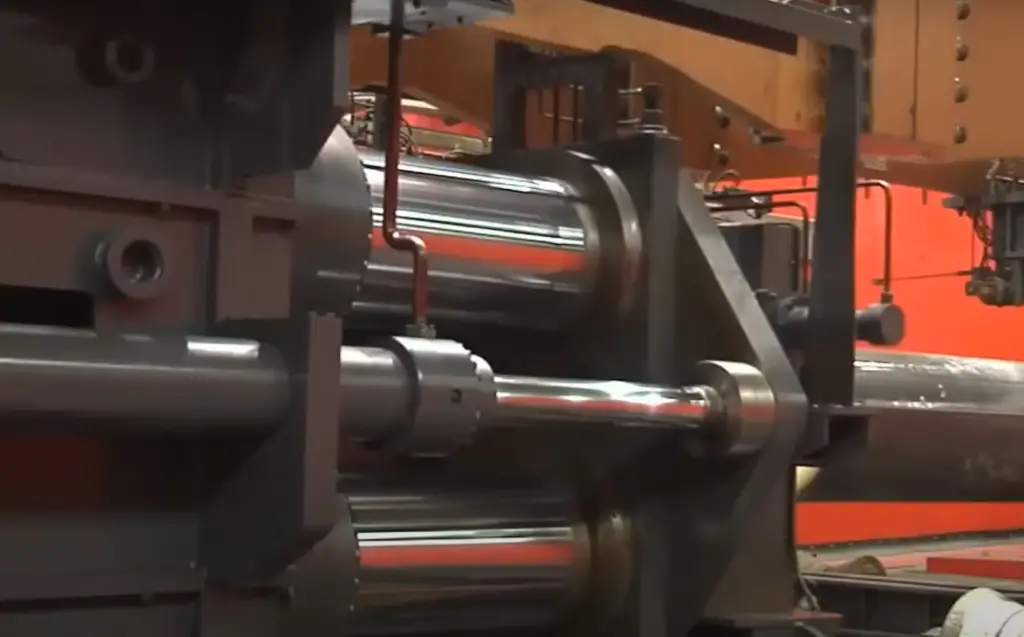
However, this does not mean that all metals react the same way to heat. Each metal has its unique thermal properties and responds differently to heat exposure. For instance, some metals, like Tungsten, have high melting points and retain their strength at higher temperatures, making them suitable for applications that involve intense heat, such as incandescent light bulb filaments. Therefore, understanding how a specific metal’s properties change under different temperatures is crucial for engineers to ensure the safe and efficient use of the metal.
What happens when a metal is heated and then cooled?
When a metal is heated and then cooled, a process known as thermal cycling, significant changes occur in its microstructure and consequently, its physical and mechanical properties. As metals are heated, their atoms gain energy and vibrate more vigorously, leading to expansion. This can lead to a phase change if the metal reaches its crystallization or recrystallization point, where old grains are replaced by new ones that can grow unimpeded during cooling. If cooled rapidly, a hardened, more brittle metal is achieved, as in quenching. If cooled slowly, the metal is usually softer and more malleable, like in annealing. Thermal cycling is a vital consideration in metalworking, as it can be precisely controlled to yield specific properties, making metals more suitable for certain applications. Hence, the heating and cooling process of metals is a critical aspect of material science and engineering.
Does heating metal make it stronger?
The notion that heating metal can make it stronger is both true and false, and largely depends on the specific processes and temperatures involved. In general, heating a metal can weaken its structure, reducing its strength and stiffness due to increased atomic activity and structural shifts. However, specific heat treatment processes like hardening and tempering can indeed increase a metal’s strength. For instance, hardening involves heating the metal to a high temperature followed by rapid cooling, resulting in a hardened, wear-resistant layer. Tempering, often performed after hardening, can reduce brittleness and enhance toughness, balancing strength with ductility. Hence, while direct heating can weaken a metal, a controlled application of heat via specific heat treatment processes can endow the metal with greater strength and other desirable properties.
Why does metal expand when heated?
Metal expands when heated due to the increased kinetic energy of its atoms. As temperature rises, atoms vibrate more vigorously and move faster. This leads to an increased distance between atoms, or in other words, expansion. This phenomenon follows the basic principles of thermodynamics and is commonly referred to as thermal expansion. It’s crucial to remember that different metals will expand at different rates due to their unique atomic structures and interatomic bonding strengths. This characteristic is quantified by the material’s coefficient of thermal expansion (CTE), which engineers use to anticipate and mitigate potential thermal expansion-related issues in various applications.
Do all metals expand when heated?
While it’s generally true that metals expand when heated, the rate and degree of expansion can vary significantly based on the type of metal.
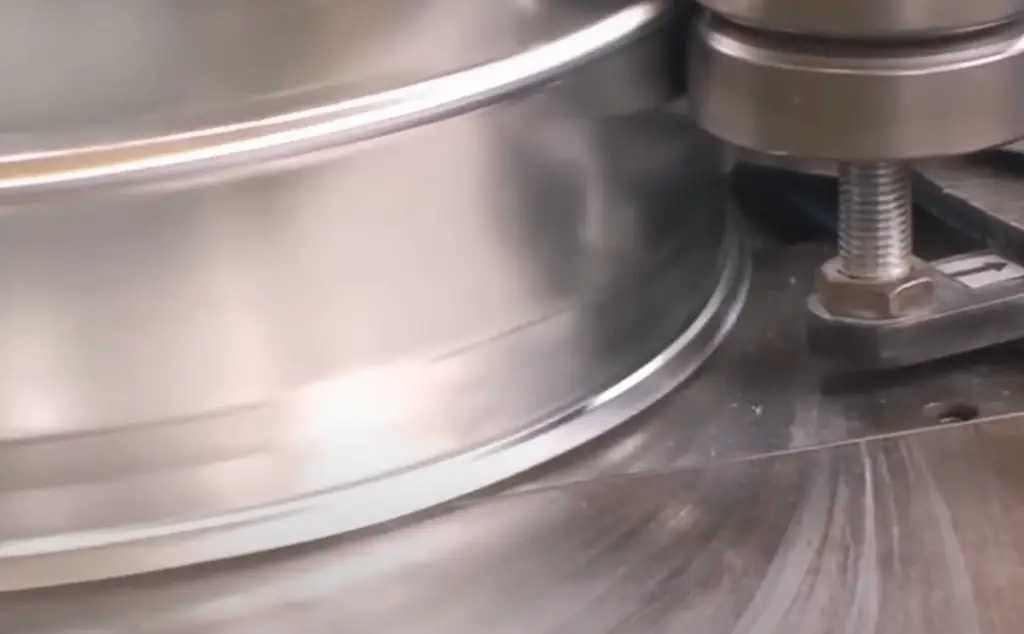
This variance is due to differing atomic structures and bonding energies among different metals. For instance, Aluminum and Copper have relatively high coefficients of thermal expansion, meaning they expand significantly when heated. In contrast, metals like tungsten and nickel have lower coefficients, indicating less expansion under the same conditions. Therefore, the statement that “all metals expand when heated” is broadly accurate, but it’s important to note that the extent of this expansion is not uniform across all metals. Understanding these differences is critical for engineers and physicists when designing and using metal components in high-temperature environments.
When a metal is heated what happens to its density?
When a metal is heated, its density typically decreases. This decrease in density is due to the process of thermal expansion, which causes the metal to increase in volume. As the temperature rises, the kinetic energy of the metal’s atoms also increases, causing them to vibrate more and occupy a larger space. Despite the increase in volume, the number of atoms (mass) in the metal remains the same. Because density is calculated as mass divided by volume, an increase in volume (with mass remaining constant) results in a decrease in density. This concept is fundamental in many engineering applications as variations in a metal’s density can significantly impact its performance under different thermal conditions.
What happens to Iron when heated?
When heated, Iron undergoes a series of transformations due to increasing temperature. At room temperature, Iron is in the body-centered cubic (BCC) phase, known as alpha-iron or ferrite. As the temperature rises to around 912°C, ferrite transforms into the face-centered cubic (FCC) structure, called Gamma-Iron or austenite, resulting in a significant volume increase and density decrease. Further heating to about 1394°C causes a change back to a body-centered cubic structure, referred to as Delta-Iron, which persists until the melting point at 1538°C. This transition from solid to liquid affects the properties of Iron, including hardness, ductility, strength, and magnetism. Like other metals, iron expands when heated because increased temperature adds kinetic energy to the Iron atoms, causing them to vibrate more and occupy a larger volume. Below the Curie point of 770°C, Iron exhibits ferromagnetism, but it loses its magnetism at higher temperatures when thermal energy disrupts magnetic domain alignment. Understanding these Iron transformations and behaviors at different temperatures is crucial in various industrial and engineering applications, particularly in steel manufacturing and heat treatment.
Why does metal get soft when heated?
Metals tend to soften when heated due to changes in their crystal structure. When a metal is subjected to heat, the increased kinetic energy causes the atoms to vibrate, reducing the strength of the metallic bonds and making them more susceptible to deformation. This is why blacksmiths heat metal to make it more malleable for shaping.
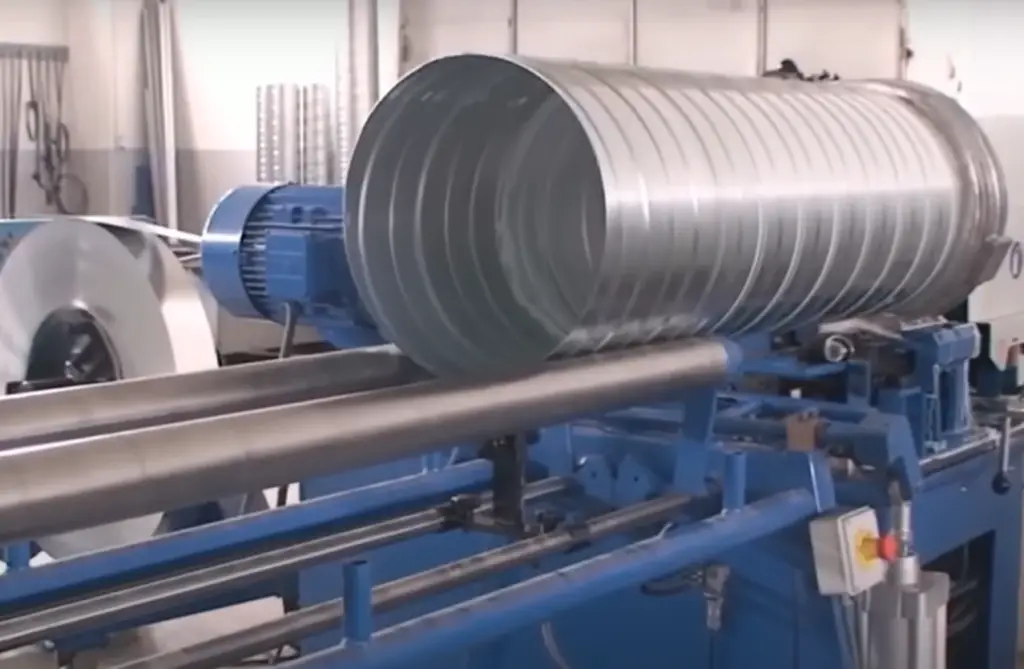
As the temperature increases, so does the ease with which the metal can be reshaped, because the atoms can slide past each other more readily. However, it’s important to note that excessive heat can lead to a reduction in the metal’s overall strength and durability. Therefore, careful control of temperature is crucial in processes such as forging or heat treatment.
Useful Video: A simulation of what happens when a metal is heated.
Conclusion
In conclusion, the effect of heat on metal is a complex interplay of atomic activity, phase transformations, and changes in physical properties like density, hardness, and magnetism. The phenomena of thermal expansion and softening occur due to increased atomic vibrations as temperature rises, while the differing degrees of expansion and changes in properties among various metals can be attributed to their unique atomic structures and bonding strengths. Additionally, distinct phase transformations occur at specific temperatures, as exemplified by the case of Iron. Careful control and understanding of these heat-induced changes are integral to numerous engineering and industrial applications, thereby highlighting the importance of thermodynamics and material science in technological progress.
References:
- https://www.metalsupermarkets.com/how-heating-metal-affects-its-properties/
- https://markhammetals.com/how-heating-metals-affects-its-properties/
- https://blog.thepipingmart.com/other/how-does-heating-the-metal-affects-its-properties/

